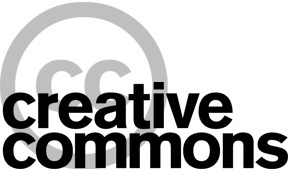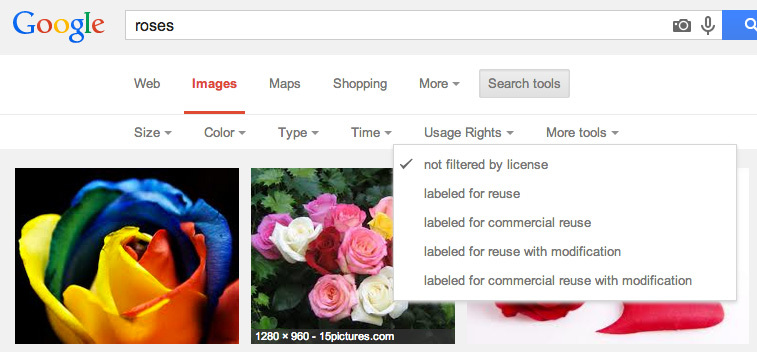What is Copyright?
Copyright protects writings or other creations from the moment a work is created in a fixed, tangible form of expression. The copyright immediately becomes the property of the author who created the work. It is therefore illegal to use copyrighted work. The following are examples of protected work:
literary works (which includes computer software);
literary works (which includes computer software);
- musical works
- dramatic works
- pantomimes and choreographic works
- pictorial, graphic, and sculptural works
- motion pictures and other audiovisual works
- sound recordings
- architectural works.
What is Fair Use?
The exclusive rights of the copyright owner are not unlimited. One of the most important limitations is the doctrine of "Fair Use." The "Fair Use" doctrine allows limited copying of copyrighted works for educational and research purposes.
Four points of use:
Four points of use:
- You can only use a portion of the work.
- Add new meaning to the work to make it original.
- Rework it and use it in totally different way.
- Use it for nonprofit purposes.
Where to go for images:
Creative CommonsA nonprofit organization that enables the sharing and use of creativity and knowledge through free legal tools.
|
Google Images-Filtered Usage RigthsWhen you do a Google Image Search, you can filter your results to find images that you have permission to use.
|


